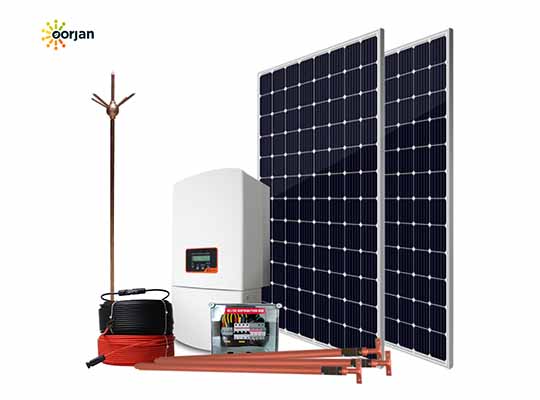PALO ALTO, Calif. – If the United States is to reach its 2030 climate change target, carbon reductions across all sectors of the economy, including accelerated electrification, will be crucial, according to a new analysis by the Electric Power Research Institute (EPRI).
Coming on the heels of Congress advancing a bill calling for more than $1 trillion in infrastructure development, the EPRI report conveys what it could take to achieve the U.S. interim goal based on detailed modeling of economic pathways by the nonprofit research and development organization, along with its analysis of numerous third-party studies. Key findings include:
- Achieving the 2030 U.S. goal means tripling the recent pace of decarbonization. The electric sector builds on the 35 percent reduction it has achieved over the last 15 years, as transportation, buildings, and industry increasingly adopt clean energy technologies.
- Electricity use increases by up to 23 percent as economy-wide dependence on clean electricity grows. A key contributor to emissions reduction – the U.S. electric vehicle fleet – grows exponentially, as cost parity and incentives drive consumer adoption 20 to 30 times beyond current levels.
- As the electric system expands to support the clean energy economy, overall energy costs decline for many households. Increased electrification and improved energy efficiency can help reduce the overall amount customers aggregately pay for all forms of energy.
Enabling this low-carbon energy future would involve rapid energy system transformation.
- Shifting to a cleaner electric system supporting cross-sector reductions by 2030 means adding as much new electricity generating capacity each year as the U.S. has added in any year, ever. To compensate for retiring fossil generation and prepare to meet future needs, the U.S. would add more than 500 gigawatts of new generation to the grid – roughly equivalent to half of country’s total existing generating capacity.
- Unprecedented dependence on variable renewables, coupled with shifts in where and when power is needed, places pressure on planners, regulators, electricity markets, and grid operators to ensure reliability. Intermittent renewables grow to account for more than 70 percent of generation in some regions for thousands of hours each year.
- Connecting new renewable generation to the grid involves adding 20 percent more inter-regional transmission. Diversifying supply and delivering lower-cost clean energy to population centers entails increased long-distance transmission investment, in addition to substantial transmission development to connect new generation to the local grid.
“As economy-wide carbon reduction shifts from an aspiration to an expectation, U.S. and world leaders are doubling down on the clean energy transformation,” said EPRI President and CEO Arshad Mansoor. “While achieving bold U.S. carbon goals is possible, realizing this vision affordably and reliably means leveraging all technology solutions at our disposal, growing supply chains and skilled labor, and accelerating innovation, regulatory, permitting and other processes to enable action. By aligning on key priorities, government and industry can pave the way for a thriving clean energy economy.”
To determine least-cost pathways to achieve the 2030 U.S. goal, EPRI examined two carbon reduction scenarios – one with rapid electrification and another with slower electrification. With rapid electrification, transportation, buildings, and industry achieve a greater share of emission reductions and the electric sector achieves a 66 percent reduction. With slower electrification, the electric sector makes an 80 percent reduction to achieve the economy-wide target. The analysis shows that rapid electrification could enable the same economy-wide reduction at a lower overall cost to consumers. Both strategies maintain a pathway to longer-term net-zero goals.
EPRI researchers evaluated outcomes using the institute’s REGEN energy-economy model, which integrates detailed representations of electric and end-use sectors and includes hourly simulations to capture the variability of renewables and energy load and integrating storage. The assessment focused on what it would take to achieve the target rather than analyzing the efficacy of specific policies.













